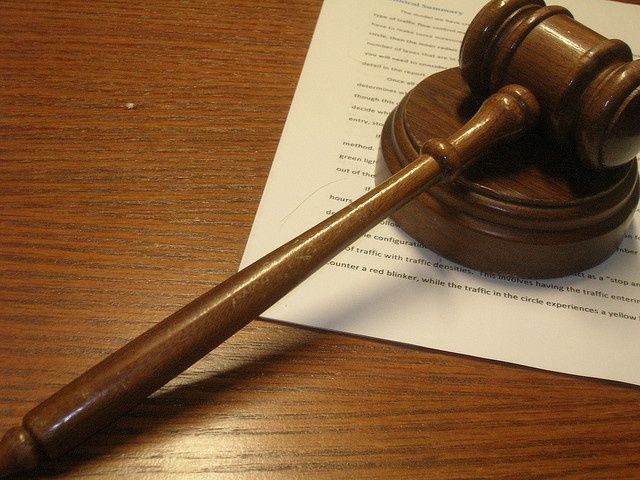Today is the final day of witness testimony in the Apple-Samsung trial and attorneys from both sides are squeezing as many last-minute evidence into the record. Apple is seeking more than $2.5B in damages from the Korean giant due to charges of infringement of the former’s patents, which include designs for major parts of the iPhone and iPad.
This morning, Judge Koh set up the schedule for a large contigent of witnesses for the last five-plus hours of alloted witness examination time. She started the day by alluding to the funny/intense exchange that ocurred yesterday when attorneys gave her 75 pages worth of witness revisions and analysis for her to apprive, causing her to remark that one or more of the attorneys must be “on crack” if they thought they would be able to get through them in a single day. She asked attorney Bill Lee at the start of today’s session how he was holding up and Lee remarked that his grandmother had called him to ask what crack was and whether he had stopped. Everyone laughed.
The early testimony came fast and furious, starting off with the continuation of yesterday’s last witness, Hyong Kim, Professor of Engineering at Carnegie Mellon. Kim is an expert in broadband and web communications and testified as to the possible “prior art” infrigements by Samsung of patent ‘516,’ which is the same patent Samsung contends is the reason why Apple patents infringed on their own patents covering baseband technology. The baseband is found on the side of the phone and Samsung says this tech is covered by patent 516, many years before the iPhone came out. The main benefit of this tech is that it keeps up a signal to prevent dropped calls.
After a brief exchange with the Samsung attorney that notes the highly technical details of the Intel chip that works with the baseband, the witness is excused. Many witnesses today are going to come in for a few minutes at a time for brief make-up testimony. It is the legal equivalent of the attorneys crossing the t’s of their case.
By the way, here’s the summary of the argument flow during this trial, in regards to accusations:
* Apple sues and contends Samsung copied their design and patents and used them on their latest phones.
* Samsung says they didn’t copy Apple. Instead, Apple copied their own older patents. Samsung is trying to invalidate Apple’s patents, one reason being it is “prior art.”
* Apple says those older Samsung patents are the ones that should be invalidated, because Samsung used “prior art” to crate a technology that was mislabled as new and patentable.
That should clear things up.
Rice EECS Professor Edward Knightly followed Kim on the stand. He is also a major figure in the world of communications. He talked very briefly about more of the technical details of the Intel chip and why he feels that it invalidates the Samsung early patent. It’s also due to the energy charge of the connectivity relating to the phone. Knightly is excused relatively quick, though Samsung made sure to once again define the income of the witness at nearly $500 an hour. At this point, these income revelations appear superfluous.
Famed Apple designer Susan Kare came up next. Her appearance this week had been postponed due to difficulty getting to court but the importance of her testimony forced her hand. She testified on the validity of the testimony of Samsung Jeeyuan Kim. Earlier this week, Kim defined very strict guidelines to design icons on mobile phone interfaces. Among her claims, she said icons had to be colored to pop out for users to know where to touch on a small screen. Kare contended she was 100% wrong about this. She said a UI designer has the power (and usually the talent) to figure out a new way to create an interesting user interface without adhering to those rules. She said there could be a viable design that is made of oval buttons, or that is made is made of black and white symbols instead of colors. This testimony, and Kare’s clear-eyed testimony, does make Kim’s answer from earlier in the week a bit weak. Kare’s arguments are based on real-life examples of the industrial design of gadgets or home appliances, and we, like the jury, know that people are more flexible to different types of design thatn Kim gave users credit for.
The Samsung attorney, working on very little time allowed, quickly went at Kare with a series of questions. He wanted Kare to define the functionality of the buttons, to broaden her argument about they could do even if they matched the same type of design. She said that is not what she concentrated on. After another quick exchange, Kare was excused for the remainder of the trial.


